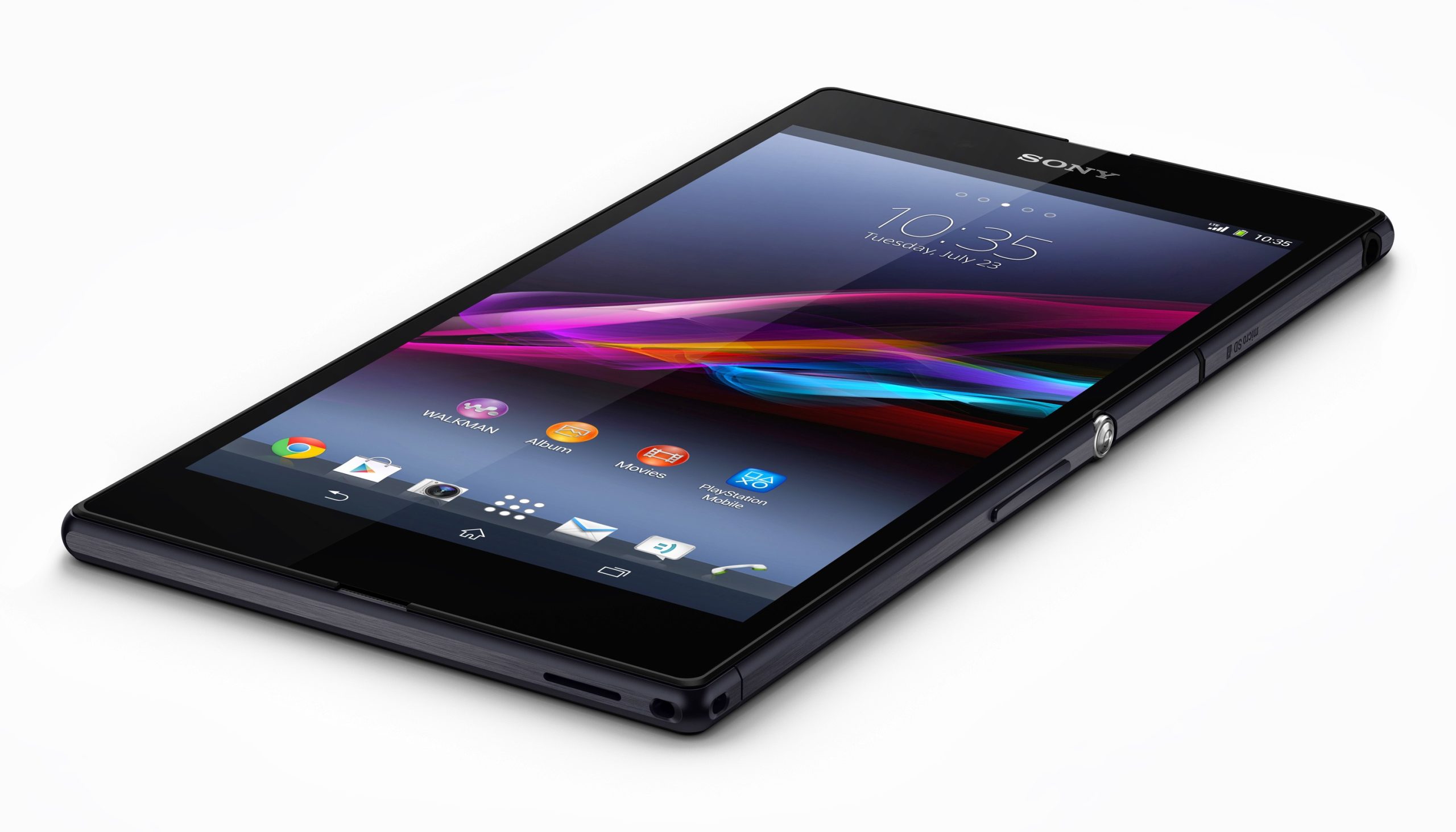Options for Wireless Management:

Almost everybody having a computer has internet in their homes nowadays because, for those of us who are entirely dependent on it, life simply cannot go on without it. However, every network equipment needs maintenance and that is even more needful for wireless equipment. The reason is, for other types of equipment, there may be one or more than one access points, whereas for wireless, there will be many (since that is the purpose of wireless) and every device has its own settings and configuration. There might be many devices using the internet at the same time which can slow down the speed on every device if not managed properly, because you have to worry about coverage overlap and channel assignments to make sure the internet runs smoothly and without glitches.

Managing a wireless network takes as much time as other networks, so if you are using it in a large building, you do not necessarily need more people to do it for you. The plus point is that managing a wireless does not mean that you have to manually log into each access point, the devices will log in itself and all you need is a single point of management and control. This is true for most wireless network devices. Central management reduces staff costs and is better for security as well since you can detect intrusions and rogue access points. If there is a single device then you can apply the one-click configuration and firmware updates across all devices. It aids in quick VLAN (Virtual Local Area Network) and SSID (Service Set ID) deployment. Not managing your wireless network can cost you money and of course, time. If you are using the network on a large scale then you should seek professional services wireless management. It is important to consider them because not only will you be greatly enhancing your wireless experience, you will also end up saving money. Opting for mobielsense’s various wireless optimization services and simple techniques will also help in reducing staff costs.
Some devices come with very advanced tools to help in securing and enhancing the network and these are generally known as ‘thin client’ type of access point managers. Thin client access points do not require you to log in from each device to change the settings. They simply boot, get their configuration from a central server and begin operating. The real difference is that the central device is doing a lot more than just logging in and issuing commands. During boot time it also configures and provides firmware and gets the stats when it starts operating. Thin client models are beneficial in that the central point can adapt easily to changing conditions because it knows the settings of each device. It can boot power on the other points if one of them stops working. Rogue access points are dealt with automatically by knocking them offline using neighboring points.
Normal or ‘thick’ access points are the full, usual ones everyone expects. It is necessary to buy software and type in scripts to manage for logins and commands to these devices centrally. One of the pros of having a standalone point is that it does not need a controller device to operate it and hence, there is no point of failure. Most of the devices come with tools to login and configure access points automatically however, to do the same with multiple brands of points you might need a different device because few come with the setting for this.
